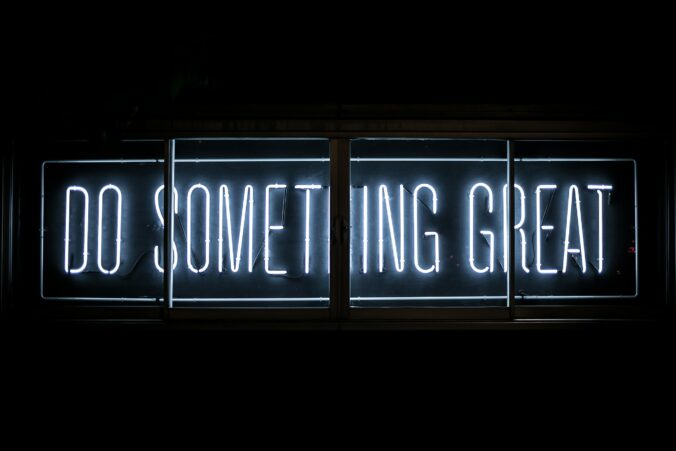“The individual user has moved from being an anonymous part of a mass to being the center of the media picture”
-Clark and Aufderheide on social media (2011)
Social media and PLN’s are interactive public medias that have revolutionized how we connect with our communities. Prior to these networked publics, people relied on print, radio, and television to inform them on the issues their communities face but these older and limited models of media were missing one crucial factor for enabling change – active participation. So, how can we use social media to connect and participate with our communities to have meaningful impact, and what parameters must be met in order to be effective?
Social Media
With the smartphone revolution, many of us walk around with computers in our pockets, making it easier than ever to access and participate in media that benefits our lives, and the lives of others. Social media networks have become a mass means for people to be informed of the critical issues in their local, national, and even global communities. The rise of the hashtag has made it even easier to connect with like minded individuals and ideas that support our worldviews and desire for change. This active participation not only brings people together as they share their experiences and ideas for their communities but it is a continuous means to critically engage with the many issues that society inevitably faces, which is a huge transformation from old-school media purposes.
How we can utilize public networks for change?
In his interview with Jesse Miller, Markiel Simpson – a local community activist who uses social media to spread his messaging and advance human rights – discusses how he (and others) utilize social media to create change in their communities.
- align to advocacy programs
- connect to community
- engage with the political landscape
- meet people they align with
- help advance messaging
- listen to diverse perspectives
Above: Simpson and Miller’s Interview
Reminder: to critically engage, our PLN’s Must:
- be inclusive – everyone should have the opportunity to see themselves represented and have access to digital environments that can better their communities
- be diverse – expand your audience – be mindful of whose voices are included, and whose are not in online interactions
Keeping our PLN’s diverse and inclusive provides us opportunities to find our voice and share it confidently with others as we build alliances with like minded individuals and groups and expand our views through multiple perspectives. Social media allows us access to contribute to our communities in meaningful and historically inaccessible ways, which is an exciting revolution in how we can have impact on many levels – all with the computers in our pockets.
My colleagues blog on community engagement:
In their blog, Yuxin discusses practical ways in which we can be more diverse, inclusive, and safe in our online interactions. I appreciate their suggestion to amplify the view of others by highlighting their thoughts and ideas on our own PLN’s. This is also a great way to attract other like-minded individuals and signal our beliefs and values on our sites. Yuxin also mentions using surveys to gather information on community opinions and opposing ideas being spread based on the results of these surveys. I think that is the gift (and sometimes curse) of networked publics – although there can be a great duality of ideas and values online, everyone has the opportunity to be heard.
References:
Clark, J., Aufderheide, P. (2011). A New Vision for Public Media. In: Jansen, S.C., Pooley, J., Taub-Pervizpour, L. (eds) Media and Social Justice. Palgrave Macmillan, New York. https://doi-org.ezproxy.library.uvic.ca/10.1057/9780230119796_5
MILLER. (2021). EDCI – 338 Markiel Simpson [Video]. YouTube. https://www.youtube.com/watch?v=rsoDHGaXNNs




Recent Comments